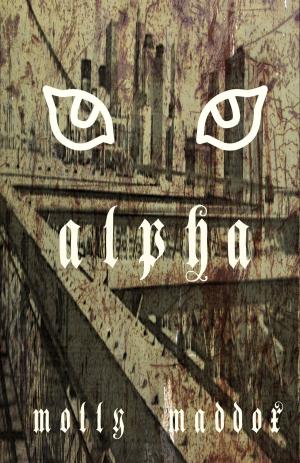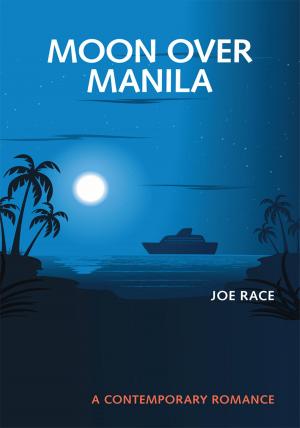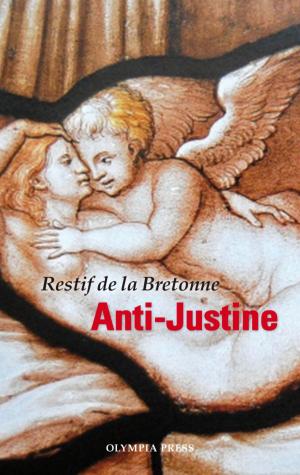| Author: | Mike Lord | ISBN: | 9781311736833 |
| Publisher: | Mike Lord | Publication: | December 9, 2013 |
| Imprint: | Smashwords Edition | Language: | English |
| Author: | Mike Lord |
| ISBN: | 9781311736833 |
| Publisher: | Mike Lord |
| Publication: | December 9, 2013 |
| Imprint: | Smashwords Edition |
| Language: | English |
STOP RIGHT HERE! History is not boring, it can be amusing and informative:
This is a prizewinning adventure novel by the Wild Sound Festival in Canada.
Sri Lanka has a long and sometimes lurid history. In the early 19th Century a manuscript was found in a Monastery in Ceylon, called the Mahawansa, which detailed in pali a lot of the history of the Indian subcontinent from about 600 BC. Over centuries there were several invasions from the south of India, and several colonial powers have laid claim to the territory.
There were 181 kingdoms recorded in history, and the story behind the book takes place from 1659 to 1679, during the penultimate kingdom of Rajasinghe who captured a large number of Europeans, mainly Dutch and English.
In 1659 an English Ship, called “Ann” was almost wrecked off the north west coast of Ceylon, and the Captain Robert Knox and several members of his crew were tricked and then captured, and imprisoned for almost 20 years until a small group escaped. In 1680 Robert Knox Junior, published a book in London detailed his life during the 20 years of captivity*. Their captivity was a form of loose house arrest, but until Robert Knox none of the captives had managed o escape, and none rescued. This book follows the life of three men from the ship’s crew and their escape to Colombo and then London.
The character ‘Nick’ is my invention, and he lived with Robert Knox and his son, until the father died, and then at various places where they were ‘confined’. I then added him to the escape party, so that he could learn to read and write this novel.
Incidentally, Daniel Defoe, who was a journalist, never went to Ceylon, but it was generally considered at the end of the 17th Century that Robert’s book was the major source of technical inspiration for his classic “Robinson Crusoe”.
Apart from Nick the story follows the history closely. Many of the ship’s crew did not return to England, many died and others married local girls, and many families today can trace their ancestry to members of the ship’s crew.
*An Historical Relation of Ceylon, by Robert Knox, Richard Chiswell, St Paul’s Churchyard, 1681.
STOP RIGHT HERE! History is not boring, it can be amusing and informative:
This is a prizewinning adventure novel by the Wild Sound Festival in Canada.
Sri Lanka has a long and sometimes lurid history. In the early 19th Century a manuscript was found in a Monastery in Ceylon, called the Mahawansa, which detailed in pali a lot of the history of the Indian subcontinent from about 600 BC. Over centuries there were several invasions from the south of India, and several colonial powers have laid claim to the territory.
There were 181 kingdoms recorded in history, and the story behind the book takes place from 1659 to 1679, during the penultimate kingdom of Rajasinghe who captured a large number of Europeans, mainly Dutch and English.
In 1659 an English Ship, called “Ann” was almost wrecked off the north west coast of Ceylon, and the Captain Robert Knox and several members of his crew were tricked and then captured, and imprisoned for almost 20 years until a small group escaped. In 1680 Robert Knox Junior, published a book in London detailed his life during the 20 years of captivity*. Their captivity was a form of loose house arrest, but until Robert Knox none of the captives had managed o escape, and none rescued. This book follows the life of three men from the ship’s crew and their escape to Colombo and then London.
The character ‘Nick’ is my invention, and he lived with Robert Knox and his son, until the father died, and then at various places where they were ‘confined’. I then added him to the escape party, so that he could learn to read and write this novel.
Incidentally, Daniel Defoe, who was a journalist, never went to Ceylon, but it was generally considered at the end of the 17th Century that Robert’s book was the major source of technical inspiration for his classic “Robinson Crusoe”.
Apart from Nick the story follows the history closely. Many of the ship’s crew did not return to England, many died and others married local girls, and many families today can trace their ancestry to members of the ship’s crew.
*An Historical Relation of Ceylon, by Robert Knox, Richard Chiswell, St Paul’s Churchyard, 1681.















